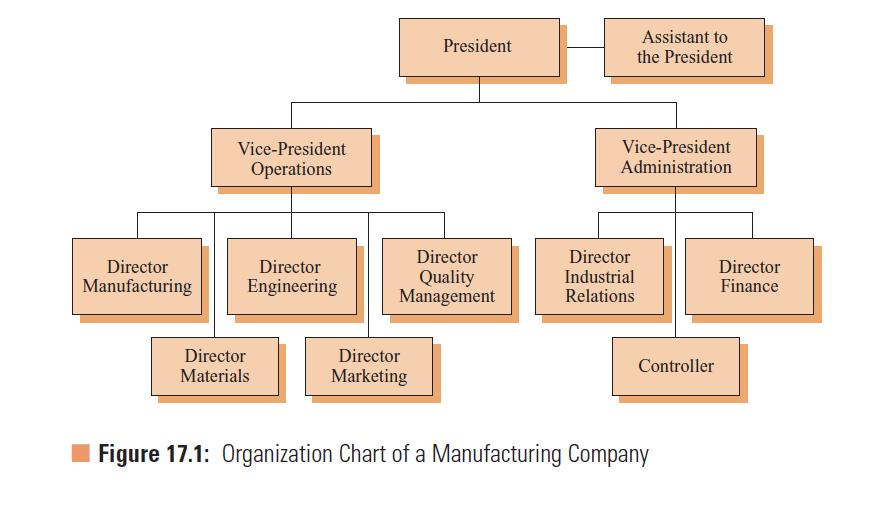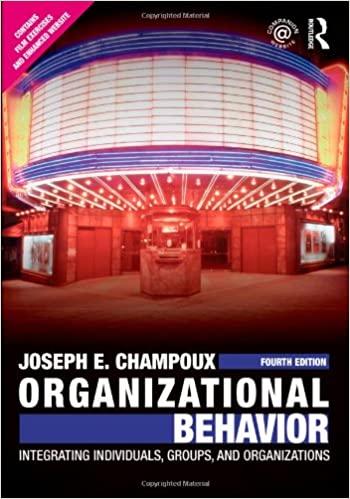What are the major contingency factors of organizational design? How are they related to each other? Discuss
Question:
What are the major contingency factors of organizational design? How are they related to each other? Discuss modern examples of each contingency factor.
Organizational design
Organizational design is the way managers structure their organization to reach the organization’s goals. The allocation of duties, tasks, and responsibilities among departments and individuals is an organizational design element. Other structural and design elements include reporting relationships and the number of levels in the organization’s hierarchy.
Managers can choose from many types of organizational design. Some modern organizational designs rely on computer and communication technologies. Others draw on well-established designs that managers and organizations have used for many years. Whatever the organizational design chosen, they all have a simple enduring quality—they are hierarchies that depend on authority relationships. Organizational charts show an organization’s formal design. They show the organization’s current configuration or a future configuration that the organization’s managers want. These charts typically use boxes to show positions in the organization and lines connecting the boxes to show reporting relationships. Figure 17.1 shows an organizational chart for a hypothetical manufacturing company. The chart quickly shows how managers have divided the major organization tasks and the major reporting relationships. For example, manufacturing, engineering, and marketing report to one person, the Operations Vice-President. Such grouping emphasizes the close ties needed in modern manufacturing among those who design, build, and market products.
Step by Step Answer:

Organizational Behavior Integrating Individuals Groups And Organizations
ISBN: 9780415804646
4th Edition
Authors: Joseph E. Champoux





